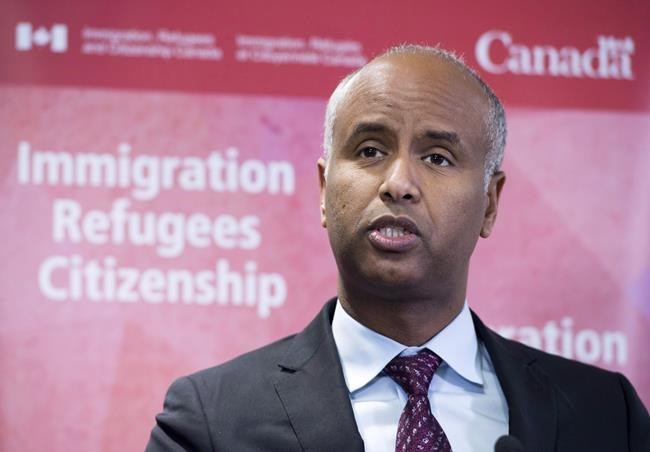National Newswatch
Saturday May 11, 2019
Alex Binkley

Worker shortages in the agrifood sector are a glaring example of the problem.
Ottawa—The last of the baby boomer generation will exit the work force during the next 11 years and that’s only going to worsen labour shortages across Canada, the Conference Board of Canada (CBoC) says in a new report.
“Due to its aging population and low fertility rate, Canada needs new sources of talent to enter the labour force to maintain its high living standards,” the report said. The country also needs to tackle its slumping productivity levels to maintain its prosperity.
The report says there will be 11.8 million people leaving school between 2018 and 2040 compared to 13.4 million people retiring. Even getting more women, Indigenous people, and persons with disabilities into the work force would not significantly affect the size of the labour force, the report said. Immigration is the needed to maintain Canada’s prosperity.
Research by the Canadian Agriculture Human Resources Council (CAHRC) shows farm operators forgo about $1.5 billion in cash income annually because of a lack of workers. That’s comparable to about 3 per cent of the industry’s total sales.
The research concluded there were about 59,000 unfilled jobs in the agriculture sector and that primary agriculture has the highest industry job vacancy rate of all sectors at 7 per cent. An update to those figures next month is expected to show the situation has worsened considerably.
Without any changes in farm worker recruitment or supply, the worker shortfall could reach 114,000 jobs in 2025, the year that agrifood sector has been challenged to hit at least $75 billion in exports compared to its current $56 billion.
CBoC looked at various scenarios before concluding Canada needs to identify “how to maintain a healthy sized labour force to stimulate economic activity, as well as the tax revenues to fund vital social expenditures such as rising health care costs, and exploring how the labour force can become more productive.”
Its conclusion was that “Immigration will remain a formative solution, accounting for all of Canada’s net labour force growth—3.7 million workers—and one-third of the economic growth rate between 2018 and 2040.
“If Canada gradually raises its immigration rate to 1 per cent of its population by 2030—up from about 0.8 per cent today—newcomers would contribute some 5.3 million workers to the labour force and one-third of the economic growth rate between 2018 and 2040,” the report said. “Without immigration and improvements to the participation rates of under-represented groups, Canada’s labour force would shrink from 19.8 million workers in 2018 to 18 million in 2040. Hence, immigration will account for all of Canada’s net labour force growth—3.7 million workers.”
Admitting more foreign workers won’t solve agriculture’s labour shortages under the current approach of the Immigration Department, which doesn’t treat the agriculture sector’s problems seriously, farm spokespersons say.
Next month’s update from CAHRC should put pressure on Agriculture Minister Marie-Claude Bibeau to encourage her cabinet colleagues to make sure the sector receives the labour help it needs to at least maintain its current economic status.
The report also said that technological advances will not displace the need for more workers and in the end will create new jobs. “In addition, productivity gains will support economic growth. While such gains are badly needed in light of Canada’s weak productivity performance, Canada will still need more workers to achieve its full economic potential.
“Hence, immigration will remain vital to growing Canada’s labour force and adding skills to the economy. Canada will nonetheless need to be proactive in its efforts to adapt to the impacts of technological change on its labour force.”
Alex Binkley is a freelance journalist and writes for domestic and international publications about agriculture, food and transportation issues. He’s also the author of two science fiction novels with more in the works.